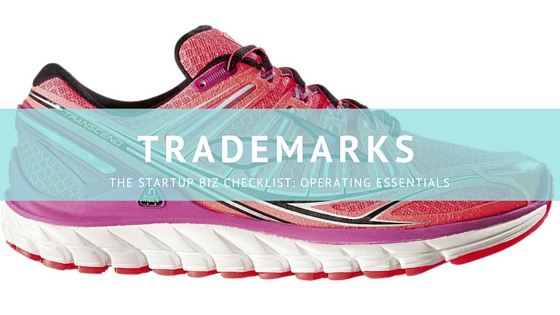
A trademark is a designation of ownership provided by the U.S. Patent and Trademark Office. It can be applied to a unique name, word, symbol, phrase, or other element. They are used to identify a business, product or service provided by a specific seller from others offered in the same industry by other sellers (and sometimes across industries).
1. If you own a trademark, no one else can use your property without your consent or in violation of your explicit usage terms.
2. Trademarks prevent consumer confusion in the marketplace.
You can trademark several elements of your brand identity, including your logo design, brand names, taglines, and packaging. However, those elements have to be unique and non-generic in order for the trademark to be issued. For example, you can’t trademark a generic name like “tissues” to sell actual tissues, but a unique name like “Kleenex” did get a one. You need to be unique and unlike any other name in your industry in order to get one.
Furthermore, you cannot trademark a business or brand name or other brand identity element unless you can prove that element is being used in commerce. For example, you need to provide evidence of use to the U.S. Patent and Trademark Office in the form of advertising, a website, or other commercially used material.
It is actually quite simple to complete the paperwork to request a trademark. Of course, there are websites and attorneys who can help you. But if you don’t want to spend anything above the unavoidable trademark fees, you can do it yourself by visiting the U.S. Patent and Trademark Office website and completing the online forms.
It’s best to secure a federal trademark rather than a state trademark, simply because it offers your business more protection. You can also get an international trademark, but this is far more confusing, and hiring an international trademark attorney is worth it in this instance.
Keep in mind, securing a trademark through the U.S. Patent and Trademark Office can take months. Make sure you do your due diligence and submit a trademark application for a mark you’re certain is unique and not already used in a similar way within your industry (or industries where you might do business in the future). The last thing you want to do is begin using your name, logo, or brand identity elements only to learn a few months later that your trademark application was denied.